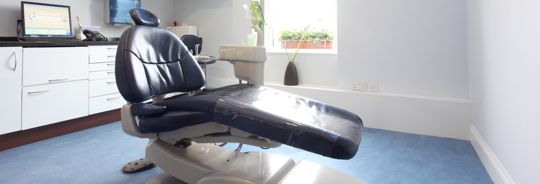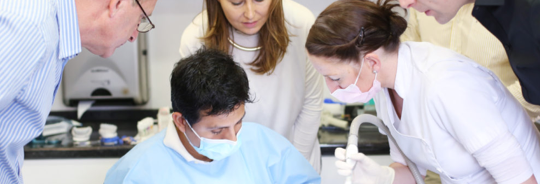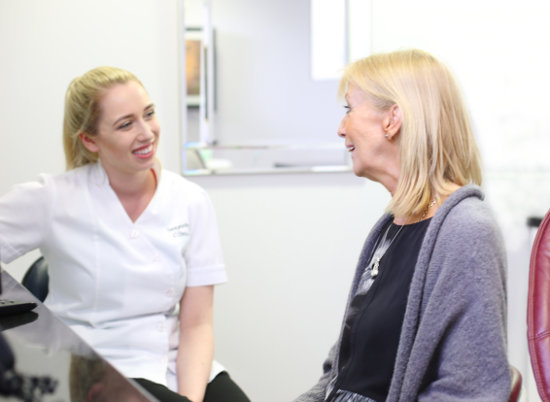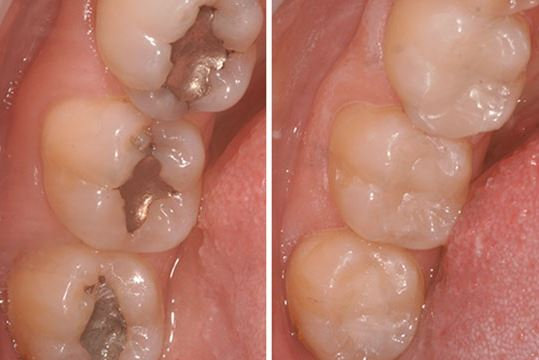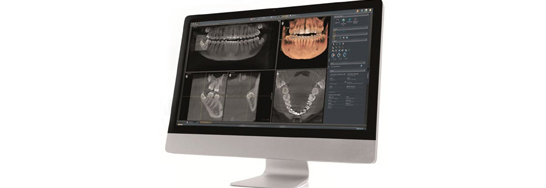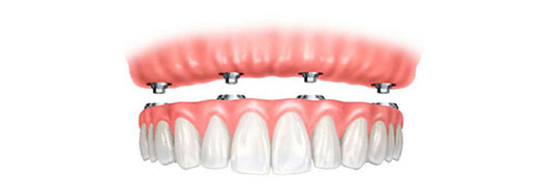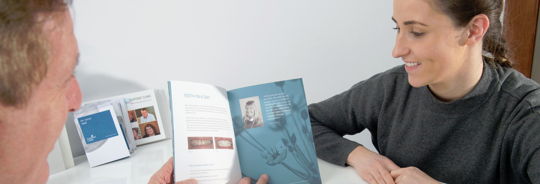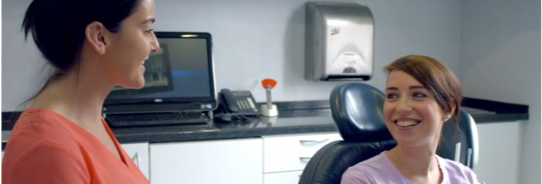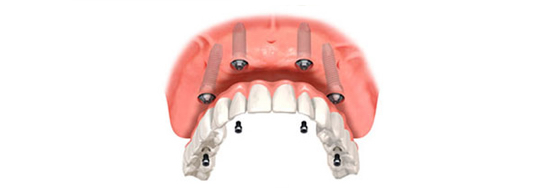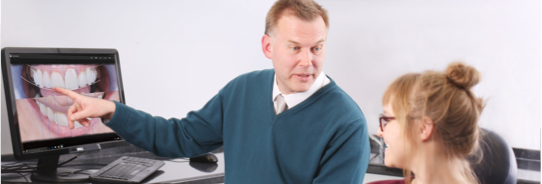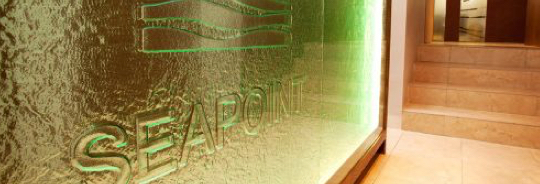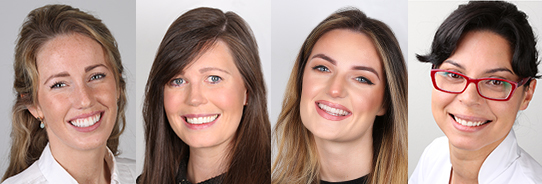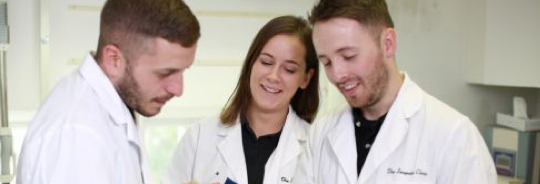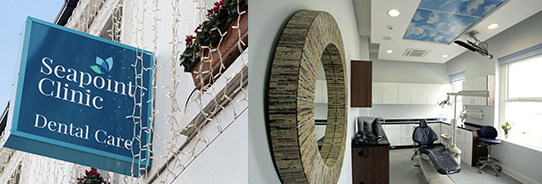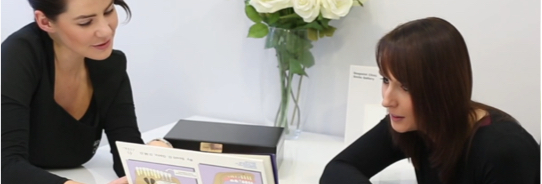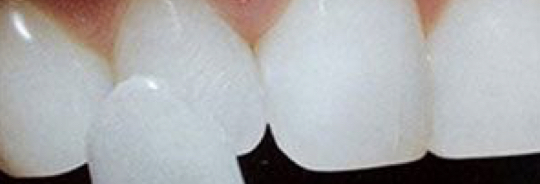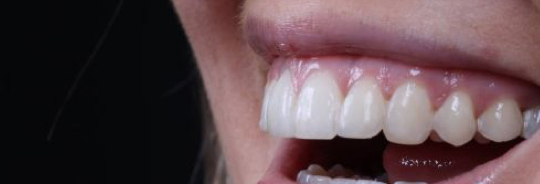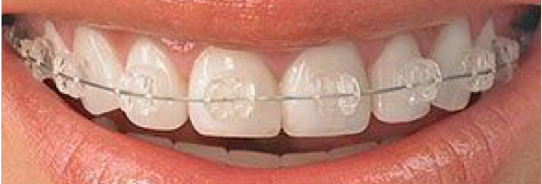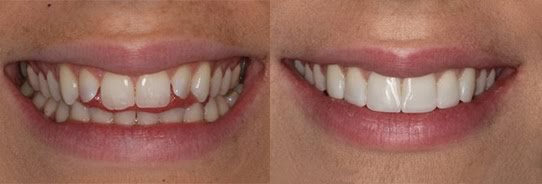
Blog
We post all the latest information here regularly so it's always up to date for you. If there is a topic you would like to have us cover please ask.
8 October 2017
Radiation Dose in X-Ray and CT Exams

What are x-rays and what do they do?
X-rays are a form of energy, not unlike light and radio waves. However, unlike light waves, x-rays have enough energy to pass through our body. As radiation moves through the body, it can pass through bone, tissue and organs differently, enabling a radiologist to create images of them. We can then see to very fine detail the structure of your mouth.
X-ray exams provide valuable information about the health of our mouth and allows your dentist to make an accurate diagnosis. X-rays are sometimes used to help place dental implants in the mouth or to diagnose periodontal disease.
Measuring radiation dosage
When radiation passes through the body, it gets partly absorbed. The x-rays that are not absorbed are then used to create a detailed image. The amount that is absorbed contributes to the patient's radiation dose. The radiation that passes through the body does not. The scientific unit of measurement for whole body radiation dose, referred to as the "effective dose," is the millisievert (mSv). Other radiation dose measurement units include rad, rem, roentgen, sievert, and gray.
Dentists use "effective dose" when they talk about the risk of radiation to the entire body. Risk refers to possible side effects, such as the chance of developing a cancer later in life. Effective dose takes into account how sensitive different tissues are to radiation. If you have an x-ray exam that includes tissues or organs that are more sensitive to radiation, your effective dose will be higher. Effective dose allows your doctor to evaluate your risk and compare it to common, everyday sources of exposure, such as natural background radiation.
Naturally-occurring "background" radiation
We are exposed to natural sources of radiation throughout our lives. According to recent estimates, a person in Ireland receives an annual dose of 4037 microsieverts (μSv) from all sources of radiation. These natural "background doses" can vary on where you live.
A flight to Turkey amounts to about 0.03 mSv due to exposure to cosmic rays. The largest source of background radiation comes from radon gas in our homes (about 2 mSv per year). Like other sources of background radiation, the amount of radon exposure varies widely depending on where you live.
| Procedure | Approximate effective radiation dose | Comparable to natural background radiation for: |
| Dental X-ray | 0.005 mSv | 1 day |
| Panoramic X-ray | 0.025 mSv | 3 days |
| Cone Beam CT | 0.18 mSv | 22 days |


